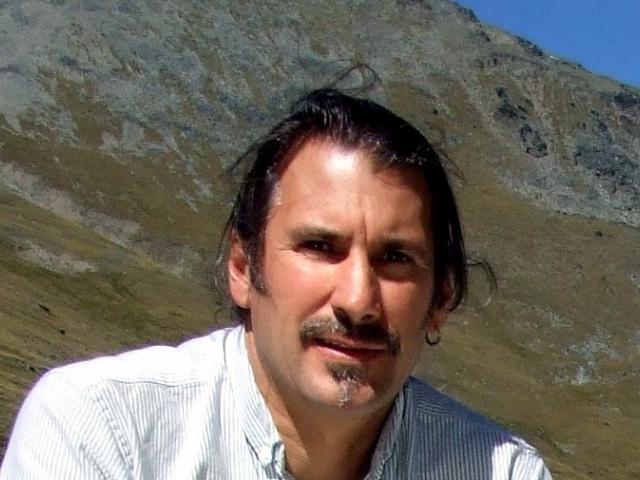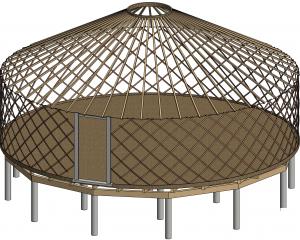
Federated Mountain Clubs (FMC) launched a campaign in Wellington this week for the establishment of a Remarkables National Park.
The next step will be the meeting, scheduled to be held in Queenstown on July 8 as part of the New Zealand Mountain Film Festival.
FMC also encouraged supporters to contact their mayor and councillors to ''ensure that they are supporting the national park''.
However, last week the Otago Daily Times reported Queenstown adventurer and FMC executive member Erik Bradshaw as saying he did not believe the ranges would work well as a national park and the goal was to find ''some middle ground''.
The proposed park would span a vast area of Otago and Southland, including the watersheds of the Wye, Nevis, Waikaia and Pomahaka Rivers, the Remarkables mountain range, along with the Hector/Tapuae o Uenuku, Garvie, Old Man/Kopuwai and Old Woman Ranges.
It would link four district councils, including Queenstown-Lakes and Central Otago, and traverse or neighbour many high-country stations.
A variety of recreational activities take place within the proposed area, including ice and rock climbing, ski touring, mountaineering, horse riding, trout fishing, mountain biking, 4WD trips and trail biking.
The brochure said it was proposed for most of the Garvie Mountains be protected as ''a winter remote experience'' for ski touring and mountaineering, while there was potential to develop multi-day walking and tramping trips between the Nevis Valley and Garvie Mountains using existing mustering huts.
''With the addition of a couple more huts, a summer tramping and winter ski touring route could be developed.''
There was also potential for commercial horse riding ventures in the proposed park.
However, the use of commercial Skidoo and snowcats within the Old Woman Conservation Area may be limited. FMC said access roads suffered badly in winter from 4WD vehicles towing trailers with Skidoos, and while there had been an attempt to limit that damage by helicoptering clients in, both activities created noise and ''conflict directly with recreational ski-touring''.
''While commercial use of Skidoos has been carefully controlled, uncontrolled private use has increased as the vehicles have become more popular. The proposed park area sees some of this, but other areas such as the Pisa Range can provide for it.''
The park had numerous 4WD opportunities on old farm tracks. With ''good management'', their use could continue without impacting on national park values.
''However, to avoid excessive damage and conflict with other users, continued access for 4WD and trail bikes is likely to be by permit for many tracks.''
FMC President Peter Wilson said the proposed park was a ''long-held dream'' of conservationists and recreationalists, notably Sir Alan Mark, who had raised it three times between 1977 and 1990.
Mr Wilson said if FMC's campaign was successful, The Remarkables National Park would also be ''symbolic''.
''We are forging a new consensus for conservation and outdoor opportunities in New Zealand currently. ''We see the Remarkables National Park as another step forward which would honour the past while providing for the future.''
The brochure said while the Remarkables were the backdrop to Queenstown and the centrepiece of New Zealand tourism ''they are alone among New Zealand's iconic mountain areas in lacking national park status''.
The ''major driver'' for the most recent proposal was to recognise ''tussock grassland ecosystems have been seriously underrepresented among our protected natural areas, especially in the spectacular Otago-Southland highlands''.
The land areas proposed had various classifications, from Crown administered to public conservation.
Any leasehold high country land in the proposed area would probably need to complete tenure review before becoming part of the national park - that was a voluntary process for the leaseholder.
Conservation Minister Maggie Barry said there were several options for protection of the land, including the status quo - conservation area and recreation reserve. Other options were a conservation park, a national park or scenic reserve, or a recreation reserve.
Under any of those options ''some form of development can be undertaken''.
If a change of status or classification was initiated, the final decision for a new national park would rest with the Governor-General, on the minister's recommendation.











